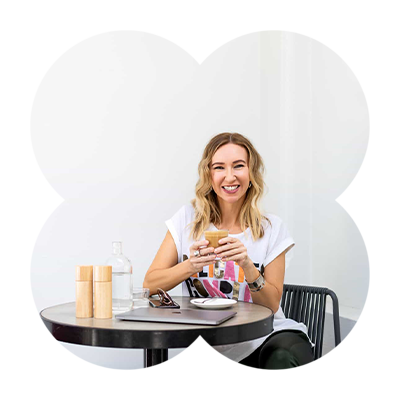
First things first: not all media is created equal. We’ve got social media platforms like Facebook, Instagram, Twitter, and TikTok, where it’s all too easy to get lost in an endless sea of content. On the other hand, we have traditional media, including television, radio, newspapers, and magazines. Each type of media has its own unique impact on our mental health, and understanding these nuances is the first step toward using them positively.
Let’s start with the big one: social media. It’s like a double-edged sword; it can either connect us or consume us. Here are a few strategies to make sure it’s the former:
While social media gets all the attention, traditional media still plays a significant role in our lives. Here’s how to make the most of it:
Now that we’ve covered the basics, let’s talk about how to integrate both social and traditional media into a balanced media diet that promotes mental well-being.
One of the best ways to use media positively is to build and participate in supportive communities. Here’s how:
Finally, improving our digital literacy is crucial for navigating the media landscape. Here’s how to get started:
At the end of the day, the key to using media in a way that promotes mental health is balance. By being mindful of our media consumption, engaging with content purposefully, and building supportive communities, we can use the power of both social and traditional media to enhance our well-being.
So, next time you find yourself mindlessly scrolling through Instagram or binge-watching the latest series, take a moment to reflect. Ask yourself how this media is impacting your mental health and what changes you can make to use it more positively. And remember, it’s all about balance – a little self-deprecating humour never hurts either. After all, if we can’t laugh at ourselves, who can we laugh at?

